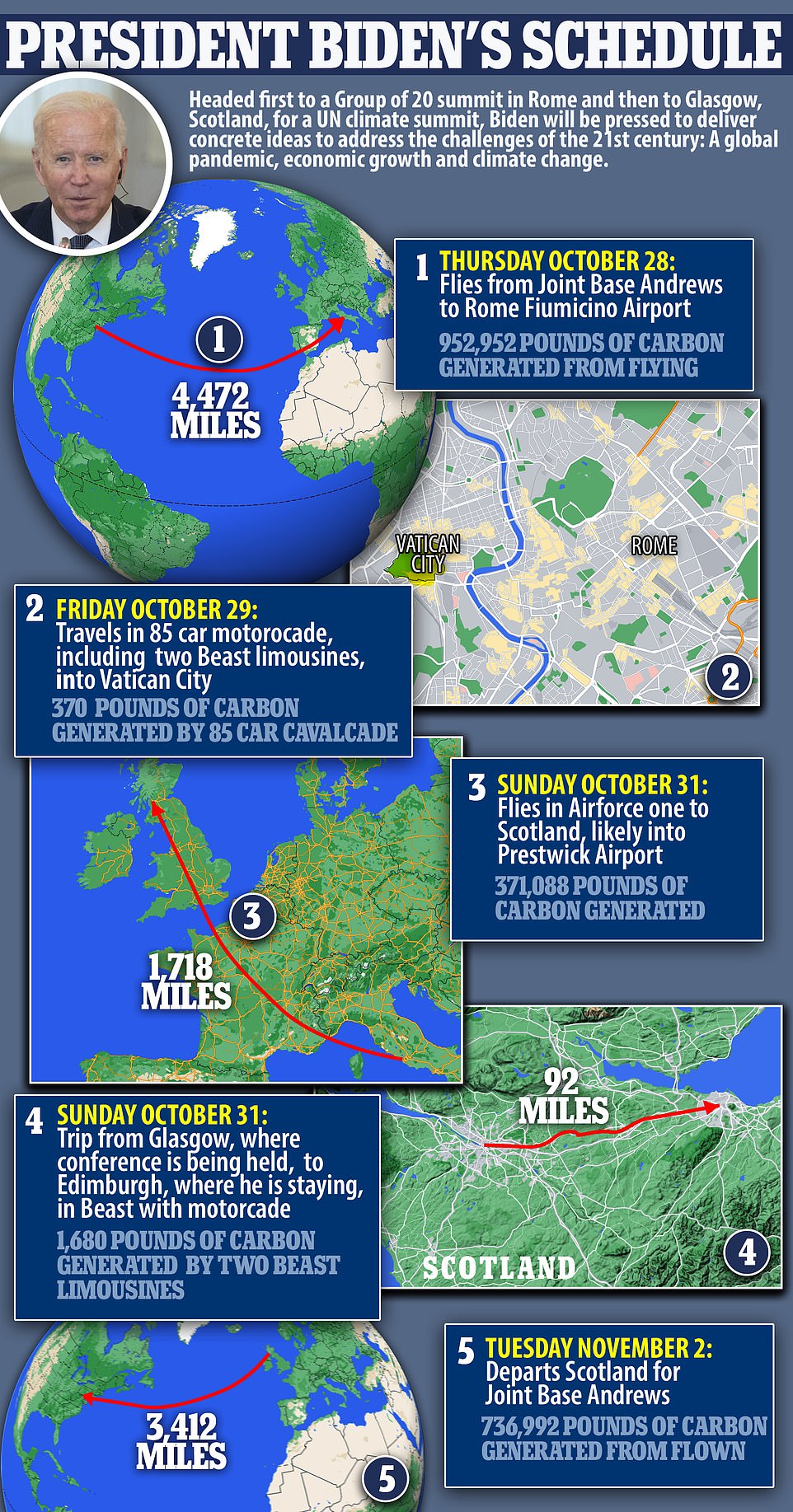BehindBlueI's
Grandmaster
- Oct 3, 2012
- 25,904
- 113
When somebody pointed out to me that in the 1800's we had electric cars that would go 40 and 80 miles on a charge, that was an oh yeah moment. So here we are two or three world wars later, force fed technological innovation and progress out the yang yang and oh guess what...
It's a pretty interesting history. I'm not an expert, but I've read a decent amount on the subject and visited some pretty cool museums over the years. Early electric vehicles had some pretty impressive specs (for the day) for both speed and range, but they had a few issues that eventually pushed them out of the marketplace. Price being the biggest.
Steam was the early winner due to the ready availability of water and coal/charcoal/biomass energy sources. You didn't need electricity or refined fuels, and it was a proven technology. The downside was it took awhile to get the car ready to drive. And they weren't terribly cheap.
Electric cars were next up. They were more popular than gasoline cars when cars were rich people toys. There was no electricity outside major urban areas early on and battery recharging was a problem (sort of like now, the infrastructure must support the idea). They didn't require any start up procedure (remember the early internal combustion vehicles had to be hand cranked to start) to drive, and they were relatively silent (didn't scare horses, you could talk to passengers, etc) I've got photos of some in the Petersen museum that are like little living rooms on wheels. The seats are a curved sofa with a chair for the driver. The driver steered with a rudder like device and sat with his left shoulder facing the windscreen so that he could face the conversation as he drove... They were, however, limited to the city and they were expensive.
Internal combustion didn't really catch on until two things: The Model T and the electric starter. The Model T simply undercut the prices of early electrics, by a factor of roughly 10 once Ford got the whole thing going. The market responded, cars became not just a rich people toy, the electric starter made the car more accessible and easier to use, infrastructure sprung up...internal combustion wins the marketplace wars.







 OK, have it your way.
OK, have it your way.
